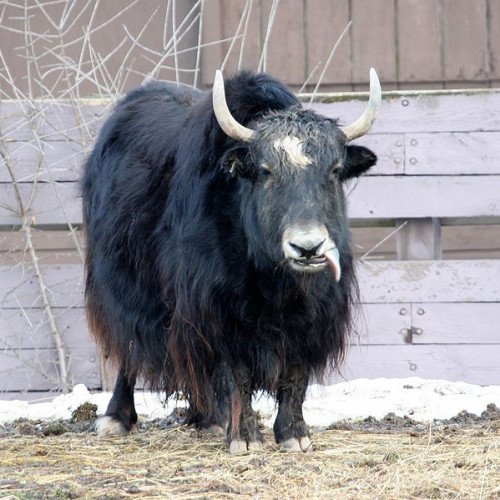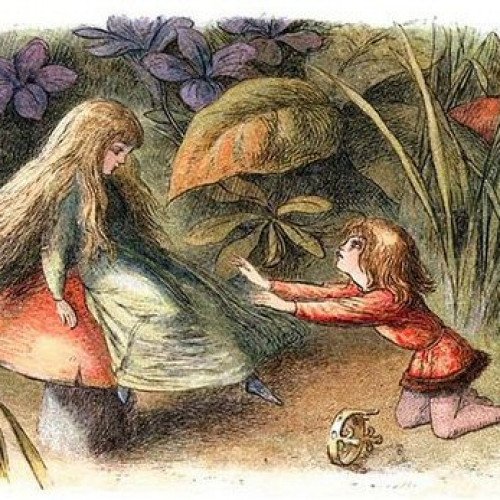Kui (Chinese mythology) VS Sprite (folklore)

Kui (Chinese mythology)
Kui (Chinese: 夔; pinyin: kuí; Wade–Giles: k'uei) is a polysemous figure in ancient Chinese mythology. Classic texts use this name for the legendary musician Kui who invented music and dancing; for the one-legged mountain demon or rain-god Kui variously said to resemble a Chinese dragon, a drum, or a monkey with a human face; and for the Kuiniu wild yak or buffalo.
Statistics for this Xoptio

Sprite (folklore)
A sprite is a supernatural entity in European mythology. They are often depicted as fairy-like creatures or as an ethereal entity. The word sprite is derived from the Latin spiritus ("spirit"), via the French esprit. Variations on the term include spright and the Celtic spriggan. The term is chiefly used with regard to elves and fairies in European folklore, and in modern English is rarely used in reference to spirits.